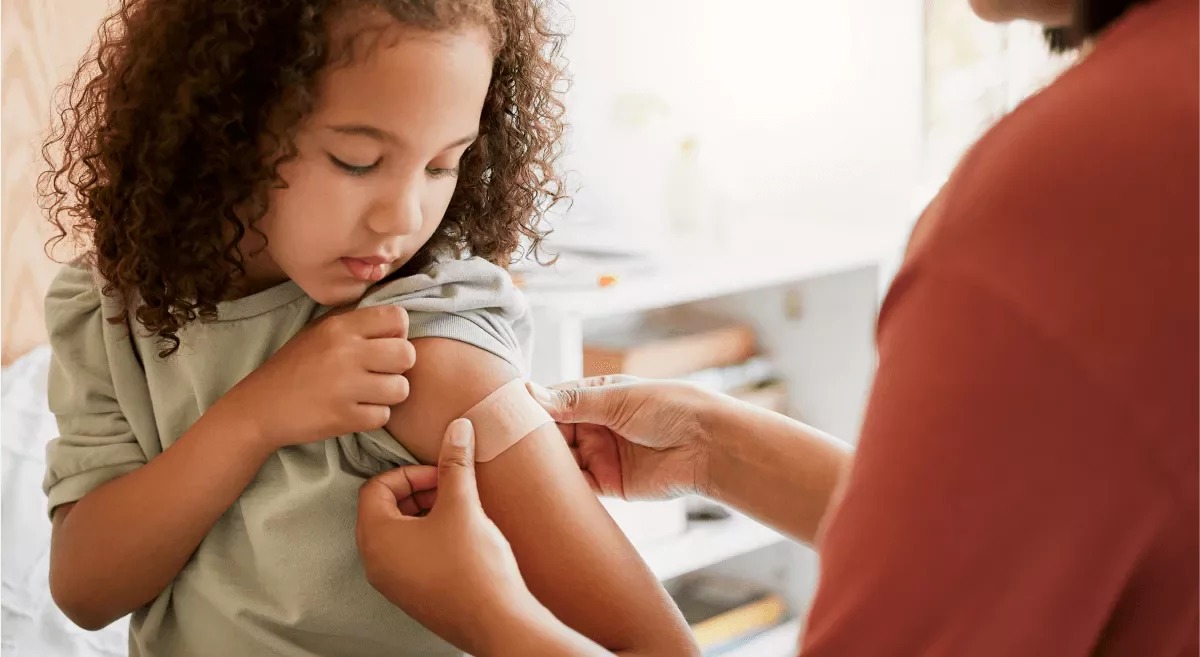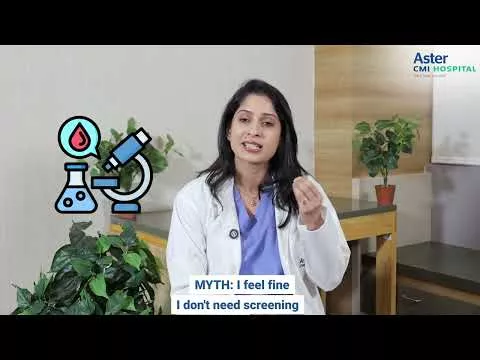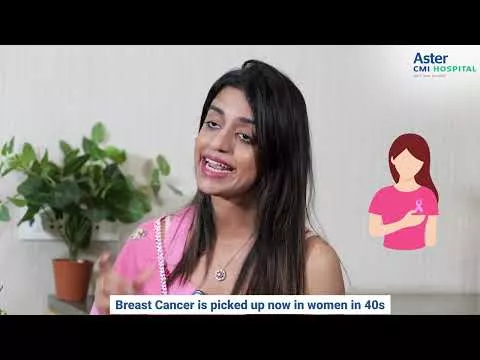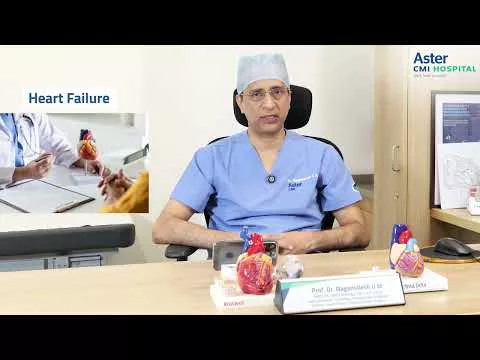The Adolescent age group, defined as 10 -19 years of age, has specific health needs compared to both younger children and adults. In recent years, there is increasing awareness about the health needs of adolescents including their vaccination. Adolescent vaccinations can be considered under the 3 following categories:
- Vaccines are given to increase the duration of protection following the primary vaccination in childhood such as DPT.
- Vaccines are given to increase herd immunity, to interrupt transmission of some diseases or for specific infections such as hepatitis B.
- Vaccines are given as a catch-up to adolescents who have not previously received these vaccines. These can be summarised as
These can be summarised as:
| VACCINES ROUTINELY RECOMMENDED |
|
| CATCH-UP (Adolescents not having previously received these vaccines) |
|
| HIGH-RISK SITUATIONS |
|
Tdap/ Td
Tdap stands for Tetanus and diphtheria toxoids with acellular pertussis, these vaccines use smaller amounts of diphtheria and whooping cough compared with those used in younger age for primary vaccination (DtwP/ DtaP).
It is recommended that – One dose of Tdap should be given at the age of 10 to 12 years. Adolescents who have not got Tdap at that age should get it as soon as possible. At the age of 10 years, Tdap is preferred over Td. However, booster doses with Td should be given every 10 yrs. Tdap is recommended only for children 7 years and older, adolescents, and adults.
* Primary immunization schedule -3 doses are administered in the 1 year at 6-10-14 weeks of age, 1 booster in the 2 years at 16-18 months, and a 2nd booster at 4-6 years.
HPV Vaccine
Human Papilloma Virus (HPV) viruses are responsible for most cervical cancers; vaginal, vulval, anal, oral, throat, and penile cancers are also caused by these viruses. There are several different subtypes of the virus, of which 13 types may cause cervical cancer or are associated with other cancers of the anus, penis, vulva, vagina, and throat, Type 16 and 18 are the most common ones. Vaccines against HPV prevent infection with certain types of human papillomavirus. Vaccines available against HPV include
- Bivalent (HPV2): this vaccine contains HPV types 16 and 18 (This vaccine has recently been discontinued in India).
- Quadrivalent (HPV4): HPV types 6, 11,16, and 18.
- Nine valent (HPV9): types 6, 11, 16, 18, 31, 33, 45, 52 and 58.
Recommended Schedule:
- For girls between the ages 9 to 14 years: Two doses at an interval of 6 months, are recommended, with either HPV4 or HPV 9 vaccines.
- Girls 15 years and older: Three doses are recommended in the schedule 0–2–6 months for the most commonly available HPV vaccine in India.
- In India, only the HPV 9 vaccine is licensed in boys and men 9 through 26 years of age. It is licensed in a 3-dose schedule of 0-2-6 months, it can also be given to females 9-26 years.
- The age group of 9-10 years is the recommended age to receive vaccination.
- Booster doses are not recommended.
MR Vaccine
It is estimated that measles affects about 25 lakh children every year and killing nearly 49000 of them. The rubella vaccine was not part of the Universal immunization program until recently; rubella infections during pregnancy can result in severe birth defects including blindness and deafness in the affected newborns. Hence, there has been a renewed focus in recent years to vaccinate children i a wide age group of children (9 months to <15 years) with Measles and Rubella. The recommendation is to administer 1 dose at 12–13 y of age, if not received earlier either in combination (MR vaccine) or with Rubella vaccine if not received earlier.
Other Catch up Vaccines including those for Hepatitis A, Typhoid, Varicella, and Hepatitis B are recommended for all adolescents and should be administered if not given earlier.
Summary of Catch-up Vaccination Schedule
| MMR | 1 dose at 12–13 y of age, if not received earlier. |
| Rubella | 1 dose to girls at 12–13 y of age, if MMR or rubella is not given earlier. |
| Hepatitis B | 3 doses at 0, 1, and 6 months, if not received earlier. |
| Hepatitis A | 2 doses at 0 and 6 months. |
| Typhoid | Typhoid Vi Conjugate Vaccine is recommended as a single dose intramuscularly toinfants of age ≥6 months to ≤45 years. |
| Varicella |
|
There are certain high risk conditions in children such as children with defects in immunity, heart conditions, asthma, children with kidney or liver problems who need specific vaccines such as– Pneumococcal, Meningococcal, Japanese Encephalitis, Cholera. Vaccines may also be required in certain special circumstances such as animal bites when Rabies vaccine may be advised. Your paediatrician will be able to guide you on these vaccines.
Adolescent vaccination provides an opportunity to strengthen the immunity acquired through childhood vaccines, to acquire immunity against diseases which are prevalent during adulthood and helps prevent spread of certain infection from mother to child during pregnancy. Thus, it helps in reducing disease burden during adulthood.





